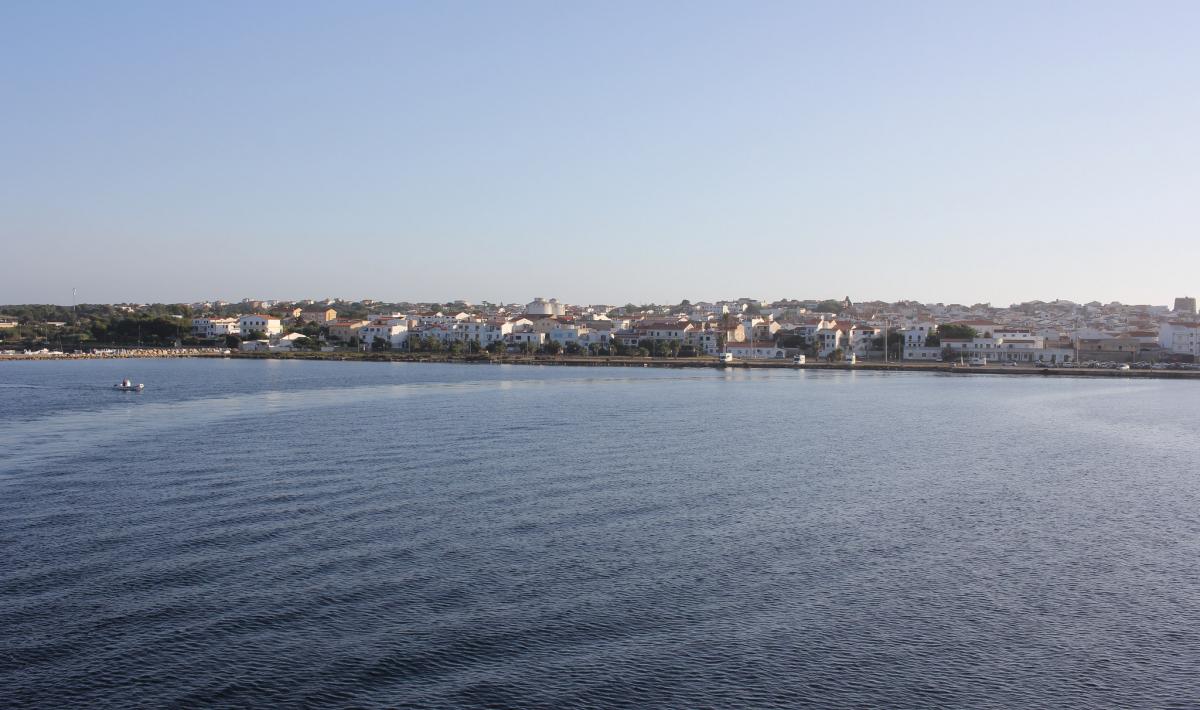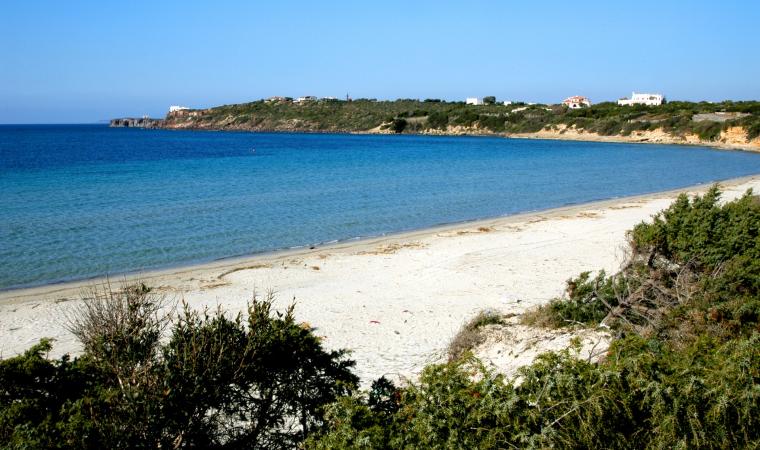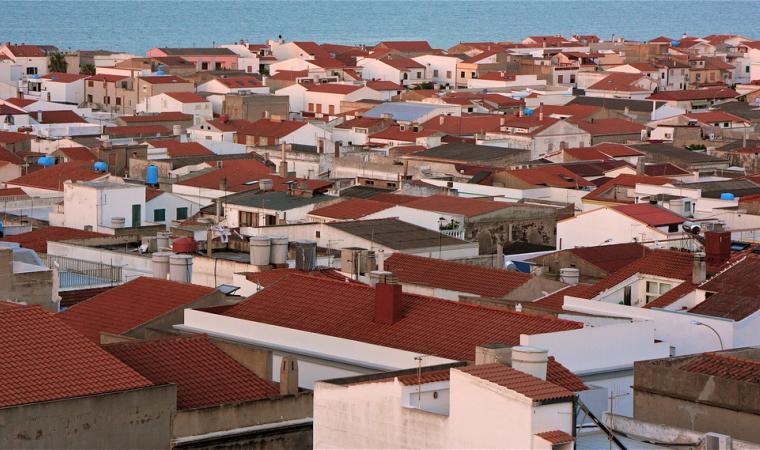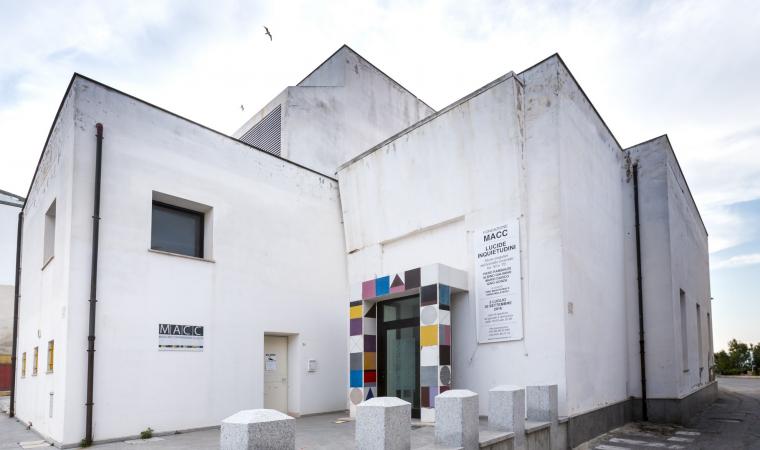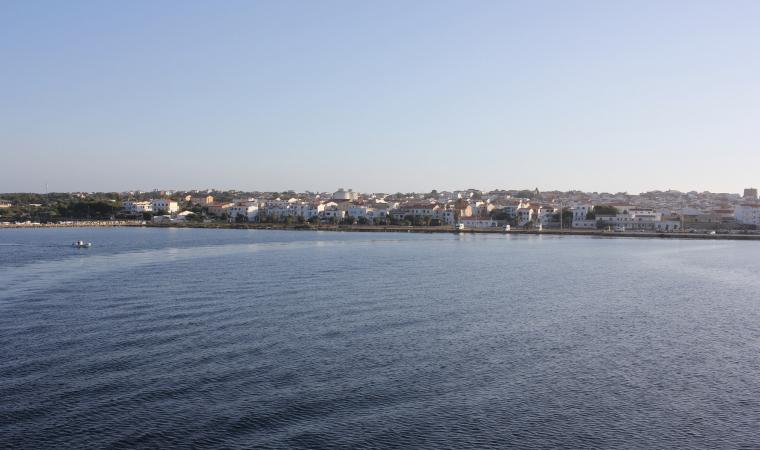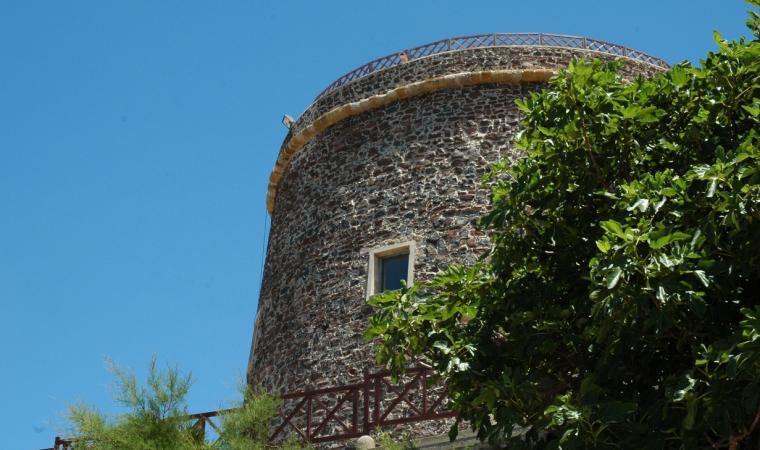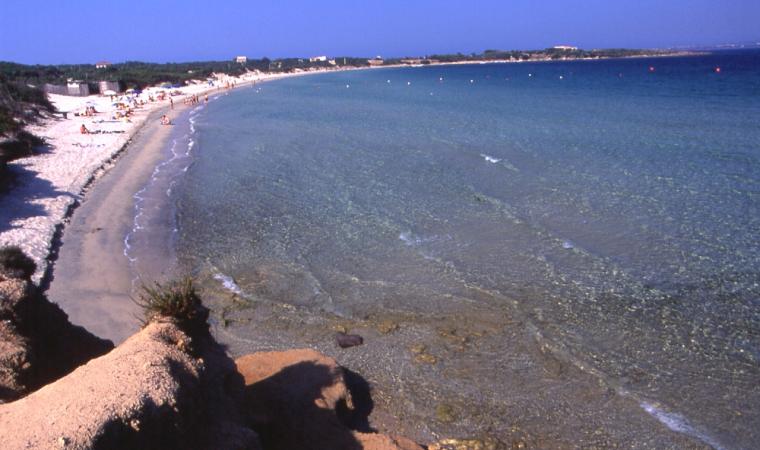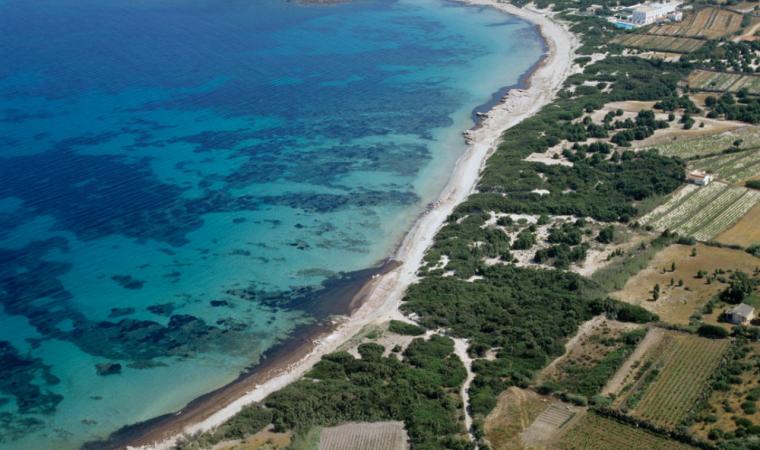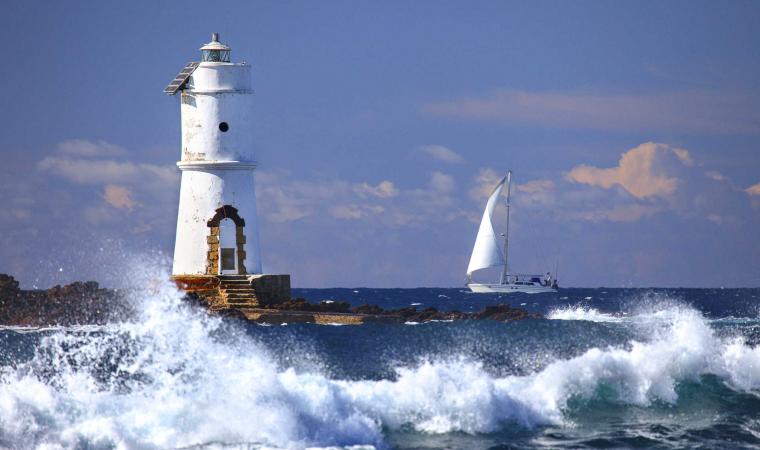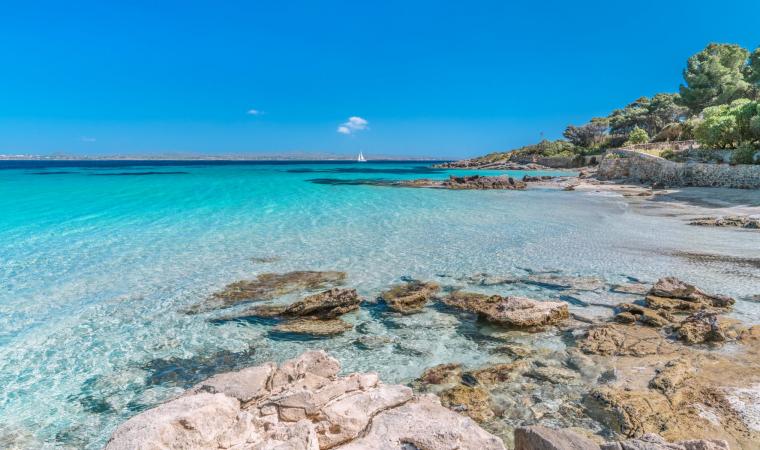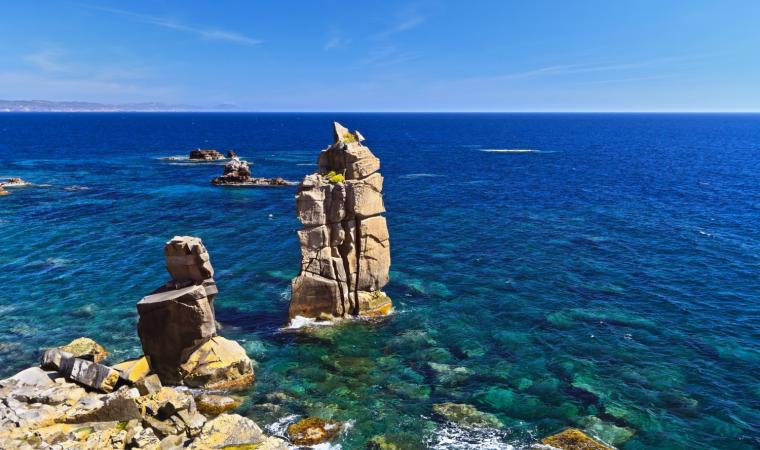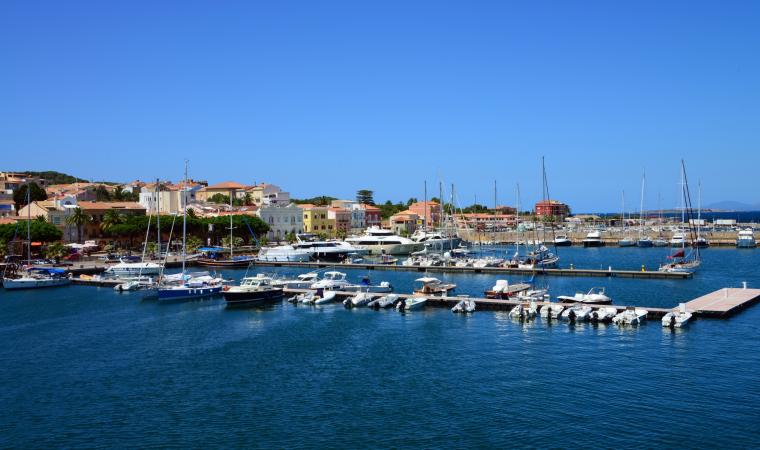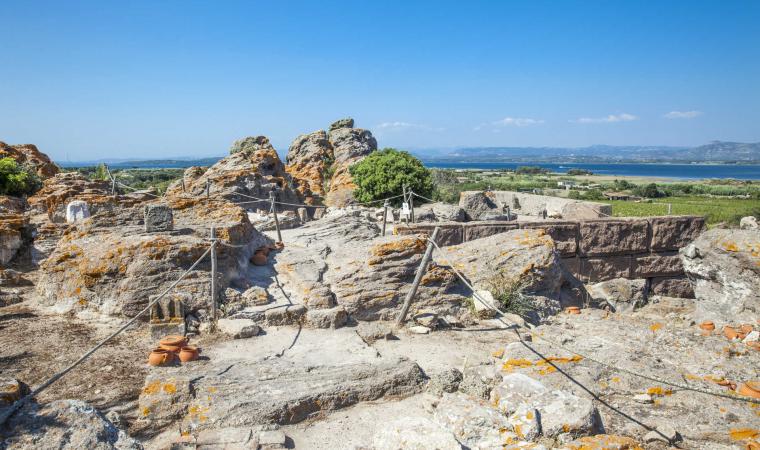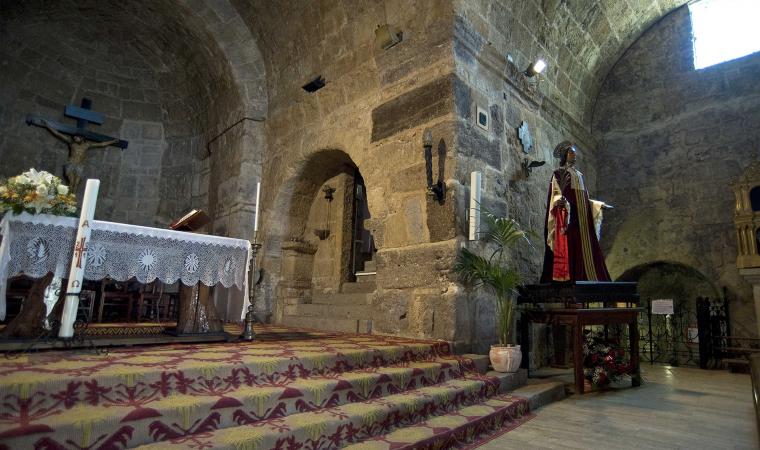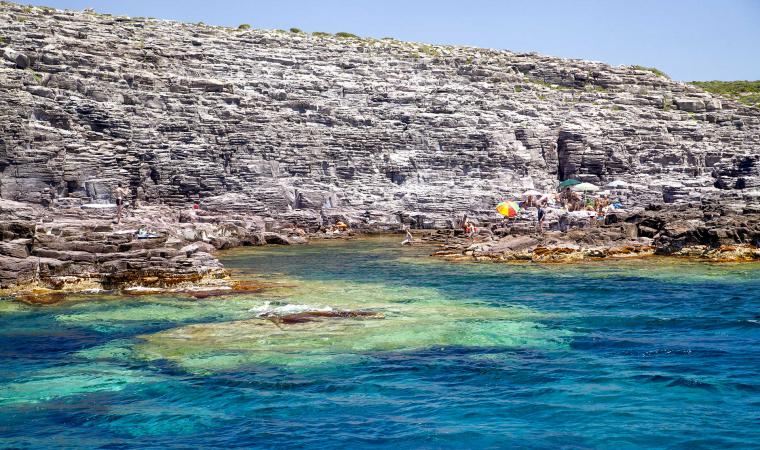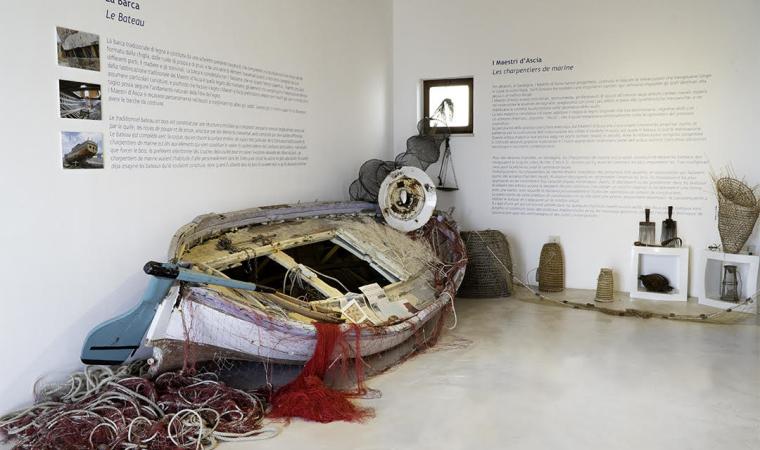Calasetta’s history began in 1769 with 38 families of coral (and later tuna) fishermen originally from Pegli but arriving from the Tunisian island of Tabarka. Having already founded Carloforte, they asked King Emmanuel to settle the southern coast of the Island of Sant’Antioco as well. The 130 Tabarkian newcomers settled at Cala de Sada, opposite the Island of San Pietro, along the migration route of tuna. Fishing for this fish made the towns of Carloforte and Calasetta famous and has played a central role in their delicious cuisines. Later, settlers from Piedmont arrived bringing with them important grape cultivation techniques, which made the production of the famous Carignano del Sulcis possible. Last to arrive were settlers from Sicily. Today, three thousand inhabitants live in Calasetta, the second largest town after Sant’Antioco on the archipelago’s largest island. Here, the original Tabarkian and Ligurian traits, including the language, have remained unaltered. The town, with its extremely regular and ordered layout, stretches down a hill that descends to the port. A tower built by the Savoy before the town was founded to defend the passage between the two islands now stands in its centre. The white of the houses, blue of the sky and green of the junipers are characteristic colours of Calasetta. The coast to the north-east is low, sandy, and has three beaches: Grande, Sottotorre and Le Saline beaches. The latter of these has soft sands that swell into dunes surrounded by a pond: a bird oasis. While to the west, cliffs overlooking the sea dominate the coast. The most impressive of these are Mangiabarche (the boat eater), overseen by a lighthouse, and Cala Lunga, an emerald-green fjord that leads from open sea to a sheltered beach. Some spots can only be reached by boat, on foot or on mountain bike, such as Cala Tuffi, a natural pool surrounded by rock walls. Then there are the pebbled Portixeddu and Nido dei Passeri, a pair of faraglioni (rock formations) rising from waters to shelter many bird species.
Calasetta’s prehistoric heritage includes Domu de Janas of Tupei, where terracotta fragments and clay and bronze object were unearthed. The ruins of nuraghes set on bricchi (raised ground) are also present. In the countryside, Phoenician-age rock inscriptions, the remains of a (possibly) Punic sarcophagus and Roman period obsidian objects and building remains have been discovered. In the Medieval period, the area was visited by inhabitants of nearby Sulki (present-day Sant’Antioco), a Phoenician settlement that was conquered by the Carthaginians and reached a height of prosperity under the Romans. A visit to the Museum of Contemporary Art (MACC), which houses a collection of artworks revising the European trends of the 1960s and 70s is a must while here.

